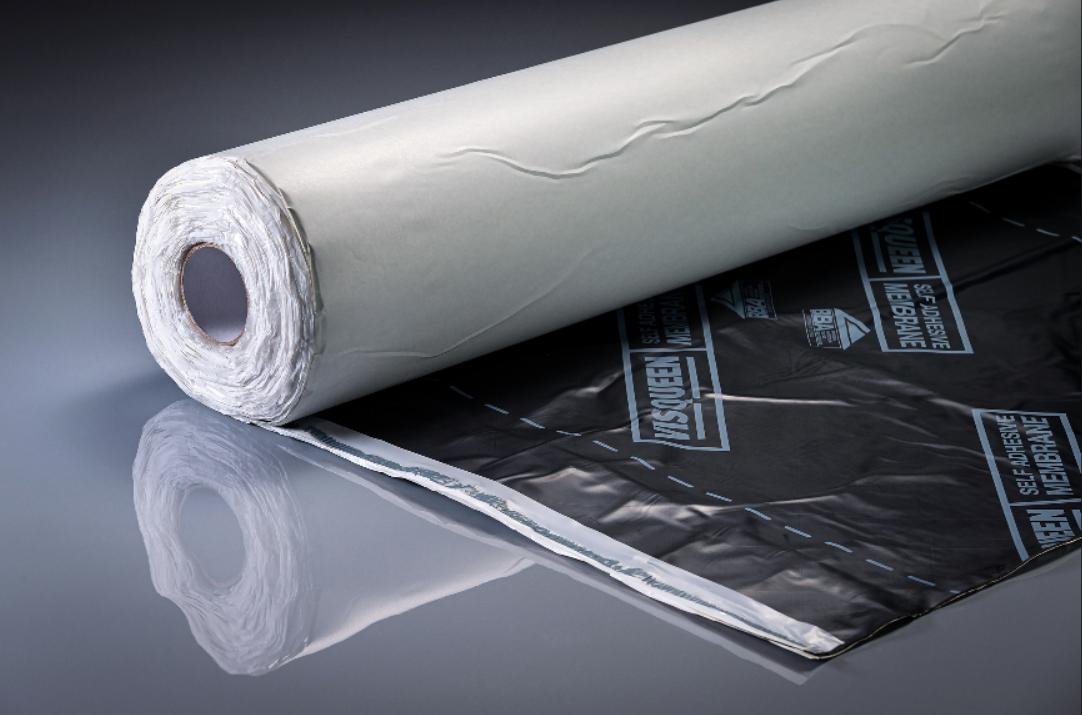
Structural waterproofing solutions are essential in construction, especially where buildings face water ingress risks. It involves techniques and materials to prevent water from damaging structures. In this summary, we'll explore the importance of BS 8102:2022 Types A, B, and C waterproofing, [their] connection to the new Building Safety Act (BSA), and the importance of utilising a professional qualified (CSSW) person for design solutions.
KnowA B Cs
In accordance with BS 8102:2022, structural waterproofing has three main protection types: Type A (Barrier Protection), Type B (Structurally Integral Protection), and Type C (Cavity Drainage).
Type A Waterproofing: This method creates an external barrier using materials like liquid-applied membranes, sheet membranes, and cementitious coatings. It's commonly used within basement structures.
Type B Waterproofing: Here, waterproof materials like water-resistant concrete or crystalline concrete admixtures are integrated into the structure's design. It is suitable for basements and foundations in areas with a high water table.
Type C Waterproofing: Cavity drainage systems manage water ingress by using channels, drains, and pumps. It ideal for retrofitting and where Type A or B solutions are not feasible.
BS 8102:2022 - The British Standard on How to Waterproof
BS 8102:2022 is a vital British Standard for waterproofing systems in below-ground structures. It is crucial for architects, engineers, and contractors, aligning with the new Building Safety Act (BSA), emphasizing safety and effectiveness.
In 2022 the standard was updated to reflect more modern materials and practices pertaining to below-ground constructions. Further detailing the importance of using a suitably qualified professional for waterproofing design solutions i.e. CSSW – Certified Surveyor in Structural Waterproofing. The updates include:
The Building Safety Act (BSA)
The Building Safety Act (BSA) is a significant element to [BS 8102:2022 ] in so much as this new legislation, introduced to improve building safety in the UK, overlaps with waterproofing practices. But what does the Act mean for waterproofing designers and contractors?
In brief, the Act indirectly influences the work of waterproofing designers. It promotes improved building safety standards by necessitating designs to conform to the Act's enhanced building codes and regulations. Collaboration with other professionals also becomes imperative in this respect. Central to this new approach is the "Golden Thread of Information," that creates complete transparency throughout any construction project impacted by the BSA.
Conclusion
In summary structural waterproofing is a complex topic with type A, B, and C methods catering to various scenarios and core capabilities which are central to their function in protecting buildings from water ingress.
BS 8102:2022 plays a pivotal role in guiding waterproofing practices. Moreover, the new Building Safety Act underlines the significance of appropriate waterproofing in ensuring overall building safety, making it vital for professionals in the construction industry to adhere to both standards.
As with any specialism, it is always advisable to consult with industry professionals to ensure you find a solution that exactly meets your project requirements.
Visqueen’s CSSW qualified team can offer technical support and further information on its range of structural waterproofing products which also include damp proof membranes (DPMs) and stormwater membranes. Visit our website at https://visqueen.com.
Click here to learn more about Visqueen's structural waterproofing portfolio
Visqueen is a trading name of British Polythene Limited a company registered in England and Wales with Company Number 350729 and having its registered office at Corby Hub, 4 Sallow Road, Weldon North Industrial Estate, Corby, NN17 5JX